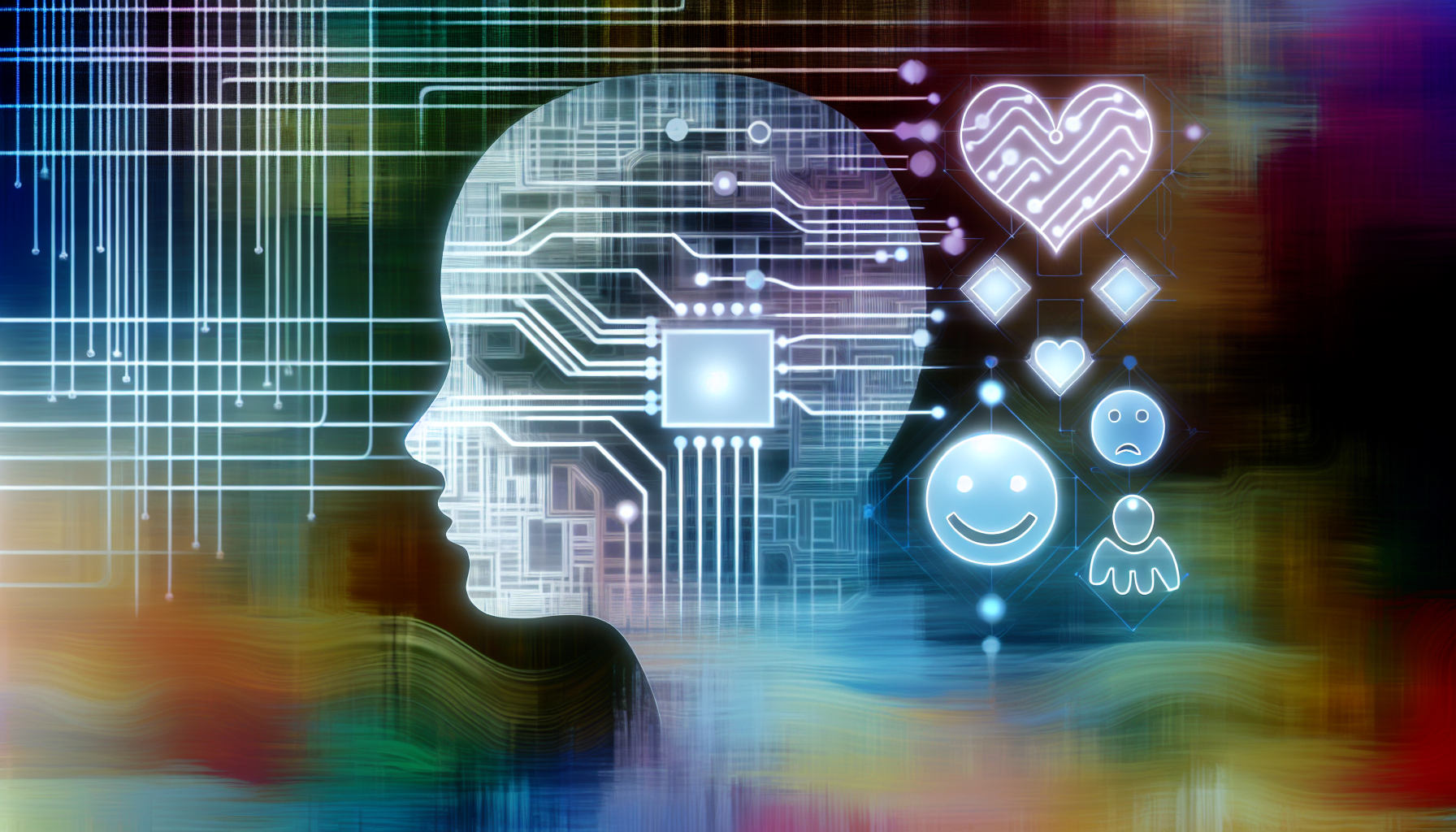As more businesses use artificial intelligence in their operations, a new trend is emerging: emotion AI.
This technology aims to improve how machines and humans interact by helping AI systems understand and respond to human emotions.
A recent report shows that this new approach could change how we do customer service, sales, and human resources, while also raising important ethical and practical questions.
Emotion AI is seen as a more advanced version of sentiment analysis.
While sentiment analysis looks at emotions in text, emotion AI uses a mix of visual, audio, and other sensory information to capture feelings in real-time.
Large technology companies like Microsoft and Amazon have developed emotion AI tools that allow businesses to integrate this technology into their systems.
For example, Microsoft Azure’s Emotion API and AWS’s Rekognition service provide developers with the tools to create more intuitive AI interactions.
However, there are challenges to implementing emotion AI.
Some critics argue that the technology may misinterpret human emotions.
A review published in 2019 indicated that human emotions cannot be reliably judged based on facial expressions alone.
This concern raises doubts about how effectively emotion AI can work in real-life situations, especially in delicate contexts like customer service where understanding feelings is essential.
Additionally, new rules are starting to appear that could restrict the use of emotion AI.
For instance, the European Union’s AI Act places limits on how emotion detection technologies can be used in specific settings, such as education.
Similar laws in states like Illinois require clear consent for collecting biometric data, including emotional information.
These regulations might slow down how quickly companies can adopt emotion AI.

New startups like Uniphore and MorphCast are entering the field of emotion AI, pushing the boundaries of this technology. As automated systems and AI assistants become more prevalent, there is an emerging belief that machines may play a significant role in interpreting human feelings. However, a fundamental question arises: can these systems really understand the intricate nature of human emotions, or are they simply mimicking empathy?
While emotion AI offers exciting prospects for enhancing business applications, its real-world implementation is complicated and filled with hurdles. Businesses need to consider both the advantages and the ethical issues involved when contemplating the integration of this technology into their strategies.
Looking ahead, the journey for emotion AI is uncertain, but its potential influence on the future workforce is clear. Companies must navigate a landscape filled with potential benefits and pitfalls. The future will depend on how effectively these issues are addressed, which will ultimately shape the evolution of emotion AI in various sectors.
Despite the hurdles, the continued interest in emotion AI suggests a transformation in how businesses may operate, opening doors to more human-like interactions between machines and people. It remains crucial to ensure that this technology is developed responsibly and ethically to truly benefit society.

